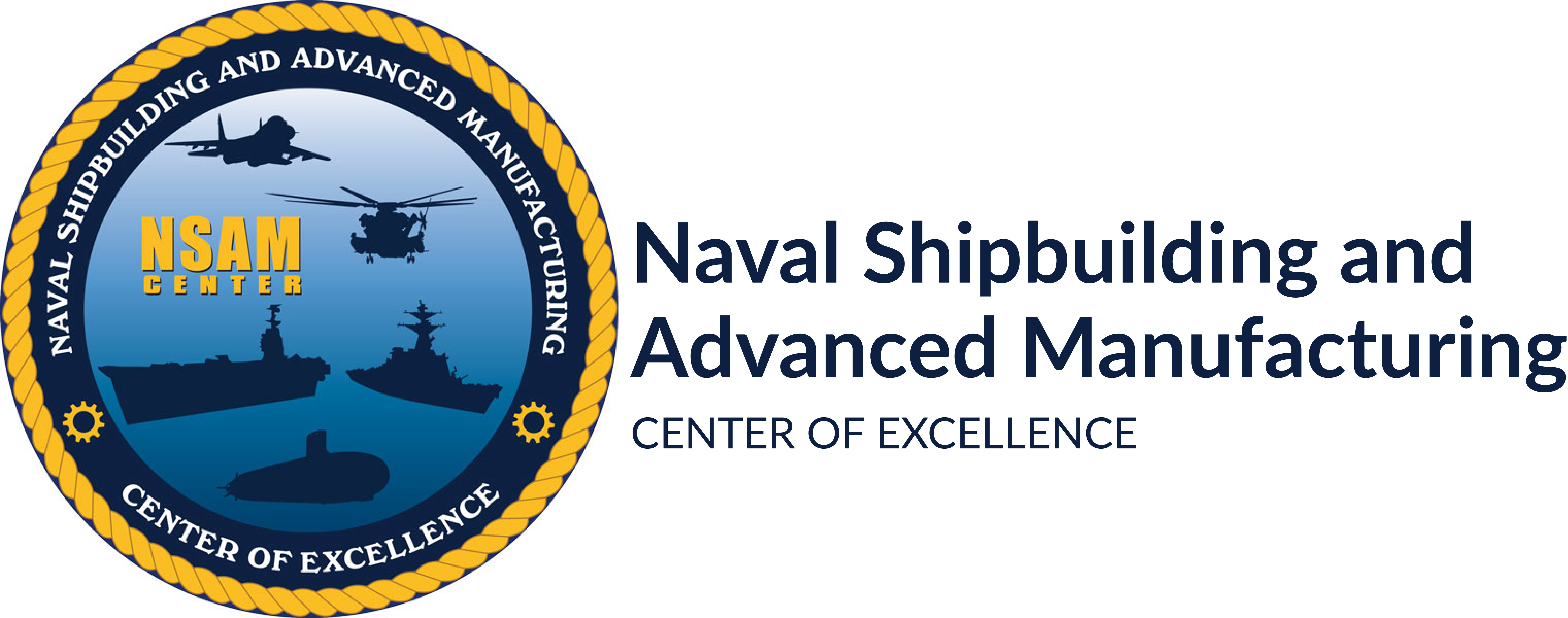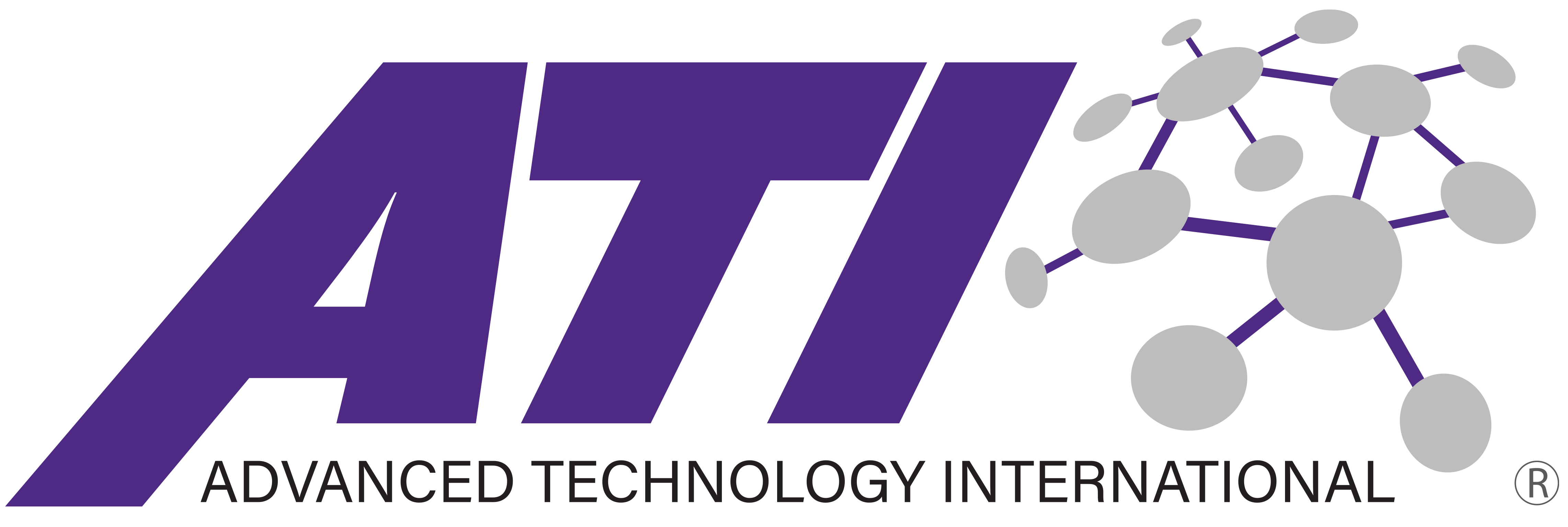Project Participants: Northrop Grumman Aerospace Systems
Project Start: December 2018
The F-35 center-fuselage is fabricated on Northrop Grumman Aerospace Systems’ highly automated aircraft assembly line, which includes several robotic assembly systems to support manufacturing activities. Key pieces of automation assets are required to operate on a repeatable basis to realize committed production schedules and cost targets. A predictive failure capability on critical automation assets is required to enable proactive management of these systems in order to guarantee their capacity and performance in manufacturing quality parts within the program production intervals. Currently, maintenance operations are driven by the suggested recurring preventative maintenance schedules set forth by the Original Equipment Manufacturer (OEM). However, when unanticipated issues arise with critical equipment the team turns to a “reactive” mode of stopping, analyzing the issue, and working with a cross-functional team to determine the appropriate disposition. This reactive break-fix approach inevitably causes delays to the production line that are costly and jeopardize delivery schedules, part quality, and best-fit assembly. With program ramp-up and product delivery rate increasing every year these schedule delays, inefficiencies and quality compromises are exponentially costly and unacceptable for effective program execution. The current reactive approach does not support an efficient use of the personnel and equipment resources.
Through the Rapid Automation Technology Evaluation (RATE) project, NGAS intends to develop a solution system that utilizes a combination of Commercial of the Shelf (COTS) products and internally developed models and applications to predict high-impact failures or issues leading to downtime. The RATE solution will involve establishing a real-time connection to the automation equipment on a large-scale assembly line through the incorporation of hardware and sensoring devices to reach a quality of data that is informative and actionable for maintenance and equipment operations. Additionally the RATE effort will investigate part quality implications of unplanned automation events and utilize CBM to optimize part quality and best-fit assembly. Corrective actions are expected to be applied with prescriptive models that take from a combination of knowledge based, physics based and/or data driven modeling.
Following full implementation expected in Q1 FY21, this project is expected to result in a per-aircraft savings of $12K and an F-35 Program savings of $23M.




